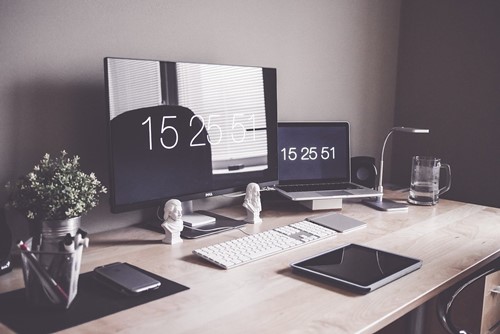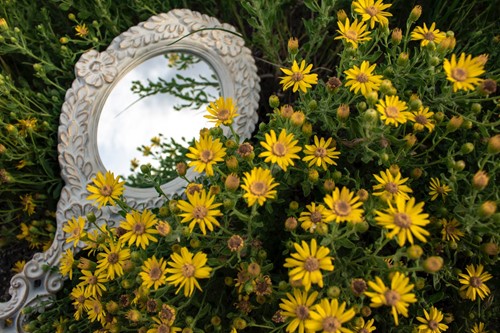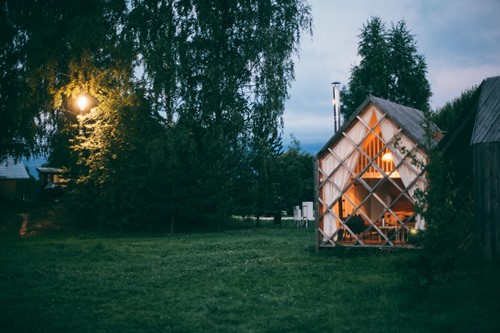
With more people working from home today than ever before, many are looking to add a home office to their house. Some may think that they don’t have enough space to make this happen; however, folks don’t need an entire room to add a home office. There are a few great tips and tricks that can turn almost any space into a comfortable, functional home office.
Turn a Laundry Room into a Home Office
One of the first places that should be looked at is the laundry room. With careful planning, along with some ingenuity, homeowners can take their laundry room and turn it into a functional home office. Clever carpentry can place a pull-out cabinet in the room along with a few heavy-duty drawer glides. By folding these key items into existing wall space, a seemingly small laundry room can turn into a beautiful home office.
Looking at an Existing Bedroom
Another place that people can look for a home office is in their guest bedroom. This doesn’t mean that they need to take over the entire guest bedroom as their office space; however, the closet might offer some intriguing opportunities. Removing the door from the closet can add a significant amount of workable space. After all, some might not need a door in their closet at all. Then, think about using the closet rod to hang shelves and other useful items. Suddenly, with so much usable hanging space, the closet no longer seems nearly as crowded.
Put the Alcove to Use
Another great place to look for a home office is at an alcove. There are a lot of home structures that have quite a bit of awkward, recessed space. These nooks are great places to repurpose as a usable workspace for both adults and kids. This is a great location for kids to do their homework in addition to adults using this space to get their own work done. It might even be a good idea to add a double desk to increase the working space. A double desk will also create more room for storage and displays.



